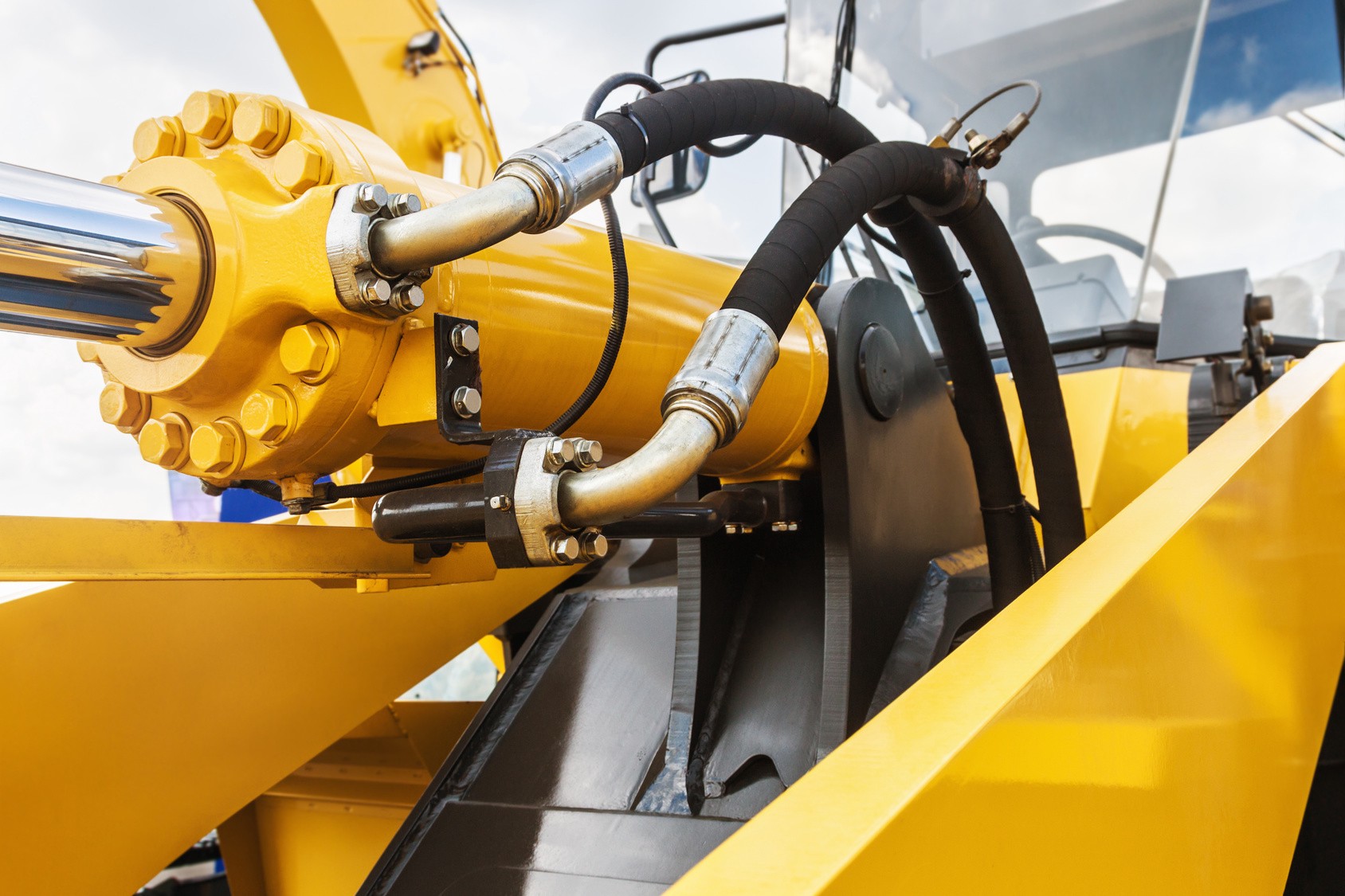A hydraulic cylinder is basically an actuation device that uses pressurized hydraulic fluid known as a hydraulic pump. The use of this mechanism is to produce linear motion and force in applications that transfer the power. In simple words, a hydraulic cylinder transforms the energy stored in the hydraulic fluid into a force that moves the barrel in a linear direction. A significant effect created with a unidirectional stroke in a hydraulic cylinder offers many benefits to some of the large scale applications. It is challenging to know when to use these actuators.
Below we have listed some of the crucial benefits of the hydraulic cylinder.
1. Speed
A hydraulic cylinder, when fitted with a large pump is ideal to be used at high speed. Speed is not affected by the weight of the load as it is independent of the mechanism. The electromechanical devices, on the other hand, moves very slowly under heavyweight.
2. Precision and accuracy
Hydraulic cylinders are very precise and accurate because of the combination of hydraulic oil and servo valves. The equipment can hit the targets repeatedly within a small range.
3. Fewer requirements
Unlike pneumatic and electromechanical counterparts, hydraulic cylinders conserve far more energy. Only a little power is required to operate the mechanism which retains the energy and helps businesses save money.
4. Resistance to harsh condition
Even in the harshest conditions, hydraulic cylinders are incredibly reliable. It should be your ideal choice when you want to generate plenty of force using little power.
5. Power
Hydraulic cylinders, although having a small size, can produce a significant amount of force. You do not have to worry about obtaining support from a large actuator like the pneumatic model when you have a high efficiency from hydraulic cylinders.
Uses of the hydraulic cylinder by industry
When you are new to the power of hydraulic cylinders, learn how various industries use them.
The main feature of the hydraulic cylinder is its ability to produce unidirectional force from a unidirectional stroke. It provides the hydraulic cylinder with the potential required to operate in numerous industries. Although the construction industry here primarily uses the hydraulic cylinder, let us learn how hydraulic cylinder is accounted as a valuable tool in other sectors as well.
1. Agricultural industry
In the agrarian sector, loaders, harvesters, and tractors with their attachments are considered an ideal application for a hydraulic cylinder. It is also possible to gain benefits from their use of wood splitters.
2. Civil engineering
The hydraulic cylinder greatly benefits the civil engineering industry. It makes the operation possible for bulldozers, trenchers, excavators, and their attaching tools.
3. Energy industry
The energy industry also witnesses the power of the hydraulic cylinder. For instance, the gate controls of hydroelectric stations can operate the gates to allow the water to flow or stop.
4. Mechanical engineering
Mechanical engineering often relies on hydraulic cylinders to operate feeding devices, transportation of devices, automating production lines, and plastic forming machines along with the production of ecological equipment
5. Shipbuilding
Shipbuilding is another area that benefits from the use of hydraulic cylinders. They are mostly used in the transportation of equipment, steering of mechanism, and to hoist along with several other applications.
6. Other industries
Industries that regularly use hydraulic power are automotive, construction, aeronautical, and food production and manufacturing.
Just one type of device operating cannot offer sufficient solution. Therefore, you will find various other models that handle different roles that are required—for instance, single-acting, double-acting, telescopic cylinder, and plunger. Although the hydraulic cylinder can differ in style, look, and size, you are sure to find two components always, and those are the barrel and the piston.
Calculating the efficiency of Hydraulic cylinder
Consider the below variables
a. Piston to annulus ration of 2:1
b. Piston force = 8000 lbf (35.5 kN)
c. Annulus = 4000 lbf (17.8 kN)
d. Losses due to friction = 200 lbf (0.89 kN)
Then…
a. Mechanical-hydraulic efficiency during extension is:
1 – (200/8000) = 1 – 0.025 = 0.975 = 97.5%
b. And mechanical-hydraulic efficiency during retraction is:
1 – (200/4000) = 1 – 0.05 = 0.95 = 95%
c. When volumetric efficiency nears 100%, the overall efficiency is the mechanical-hydraulic efficiency, i.e. 97.5%.
Conclusion
Your business will make a considerable difference when you know the benefits of a hydraulic cylinder. Also, its use in various applications demonstrates the depth of industrial reliance on hydraulic cylinders. The efficient, effective, and simple machine is capable of accomplishing multiple industrial uses.


